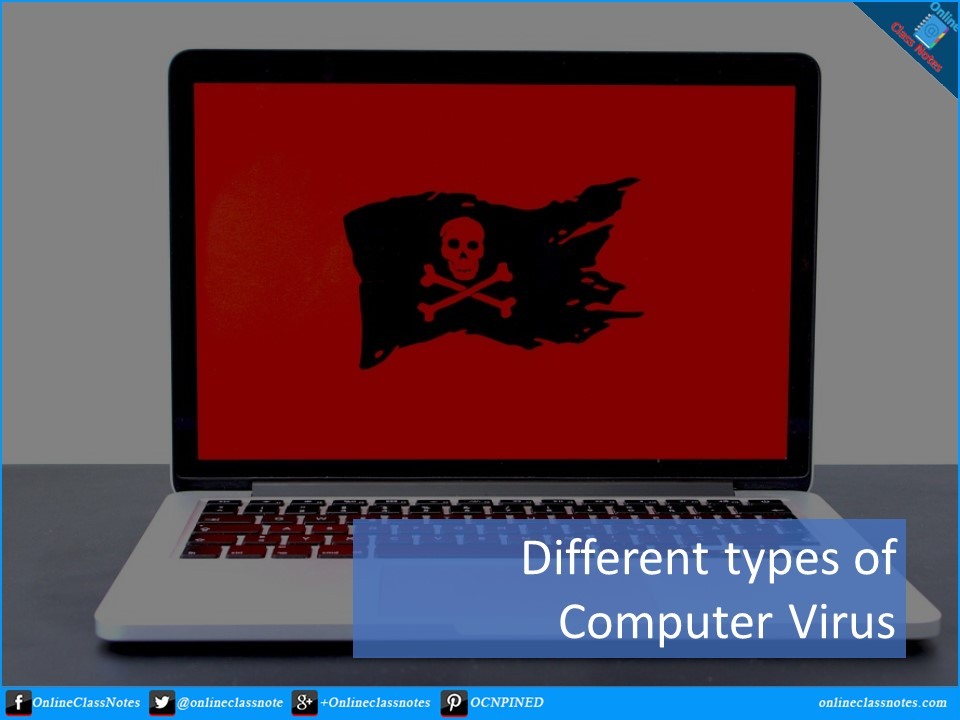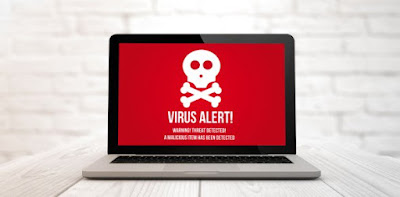Computer Virus:
A computer virus is a parasitic program that infects other legitimate programs, which are sometime referred as hosts. To infect the host program, the virus modifies the host to store a copy of the virus. After infection, viruses make various damages to the system which may be low to high to critical.
To qualify as virus, a program must be able to replicate itself. This can mean copying itself in different places on the same computer or other computers by reaching them using connected networks or internet.
Taking control of hardware devices, slowing down computer by taking control of resources, filling up storage space, making files & folders inaccessible etc are a few among various activities of computer viruses.
Different Types of Computer Viruses:
Depending on user’s source of information, different types of viruses can be described in slightly different ways. Some specific categories of viruses include the followings
1. Bimodal, Bipartite Viruses:
Bimodal, Bipartite Viruses are computer viruses that can infect both files and boot sectors of a disk.
2. Bombs:
Bombs, in computer related terms, are computer viruses. The two most prevalent types of bombs are Time Bombs and Logic Bombs. A time bomb hide on the victim’s disk and waits until a specific date or date & time before being executed. A logic bomb may be activated by a date, a to a file or a particular action take by an user or a program.
3. Boot Sector Viruses:
Boot Sector Viruses are regarded as one of the most hostile types of viruses. A boot sector virus infects the boot sector of a hard disk or floppy disk. This area of the disk stores essential files which are accessed by the computer during boot-up. The virus moves the boot sector’s data to a different place of the disk. When the computer is started the virus copies itself to memory where it can hide and infect other disks.
4. Cluster Viruses:
Cluster Viruses are those computer viruses which make changes to the file system of a disk. If a program is executed from that disk, it causes the virus to be executed as well. This technique creates the illusion that the virus has infected every program on the disk.
5. E-Mail Viruses:
Computer viruses which are transmitted via e-mail messages sent across private networks or internet are called E-Mail Virus. Some e-mail viruses are transmitted as infected attachments. This type of viruses run when the user opens the attachment. Some other e-mail viruses reside within the body of the message. After the infection, they copy themselves and also, if has such connectivity, will send e-mails containing a copy of each-email address stored in the user’s address book.
6. Macro Viruses:
A macro virus is designed to infect a specific type of file such as Microsoft word or excel files. A macro virus, disguised as a macro, is embedded in a document file and can do various level of dames to data, from corrupting documents to deleting data.
7. Polymorphic Viruses:
Computer viruses that can change itself each time it is being copied, making it difficult to isolate are categorized as Polymorphic Viruses
8. Worms:
A computer worm virus is a program whose purpose is to duplicate itself. An effective worm will fill entire disk space with copies of it and will take as much as possible in the system’s memory. Many worms are designed to spread to other computers.
9. Trojan Horses:
A Trojan horse or Trojan is a type of malware that is often disguised as legitimate software. Trojans can be employed by cyber-thieves and hackers trying to gain access to user’s systems. Users are typically tricked by some form of social engineering into loading and executing Trojans on their systems.
10. Stealth Viruses:
In computer security, a stealth virus is a computer virus that uses various mechanisms to avoid detection by antivirus software. Generally, stealth describes any approach to doing something while avoiding notice.

